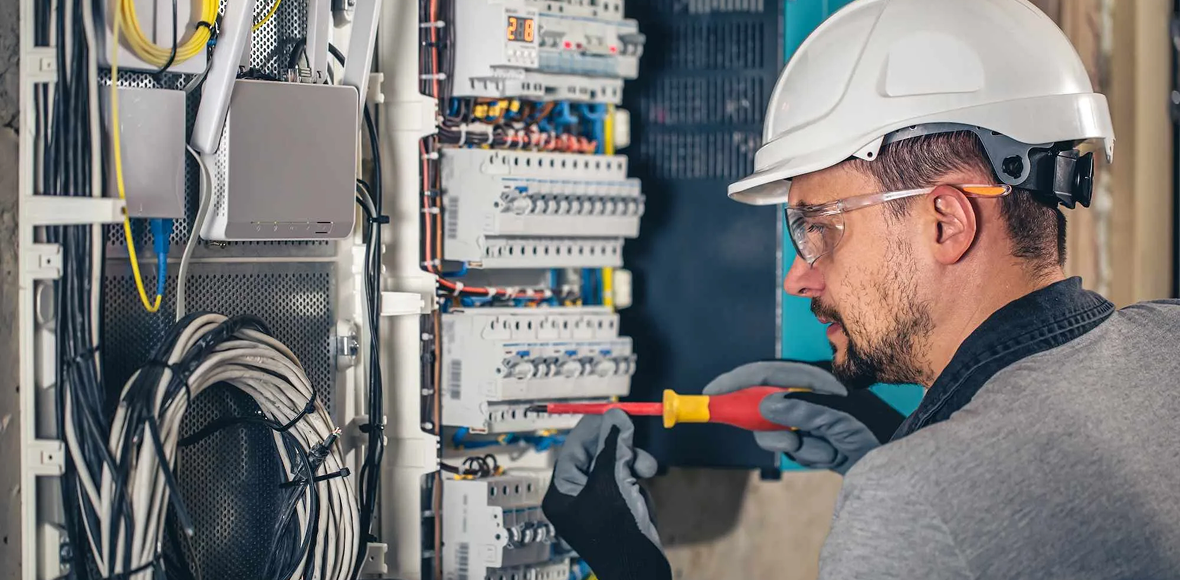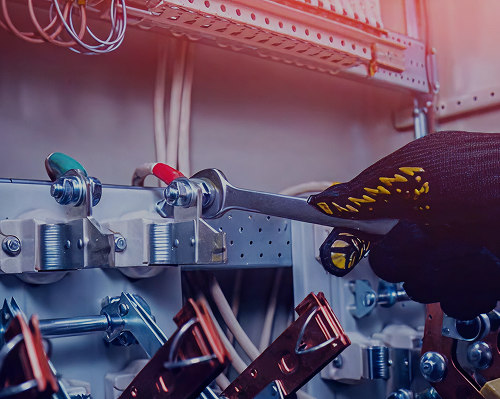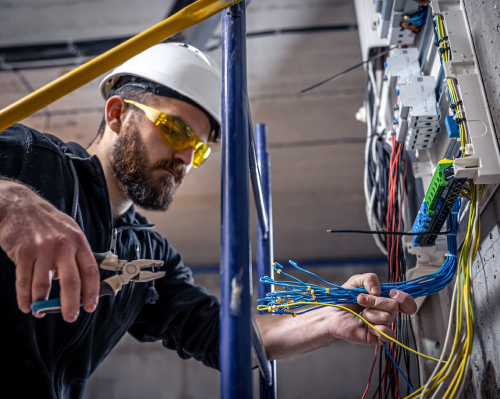Regular switchboard inspections and cleaning are a critical preventative measure for home electrical safety. The switchboard (also known as the fuse box or breaker box) is the central hub of a home’s electrical wiring – it distributes power to all circuits and houses safety devices like fuses or circuit breakers. Over time, components in the switchboard can deteriorate or become dirty, increasing the risk of malfunctions or even electrical fires. For homeowners, landlords, and strata or facility managers in New South Wales, understanding the importance of maintaining the switchboard is key to preventing hazards and ensuring compliance with Australian standards. This article explains why routine inspections and cleaning of residential switchboards are essential, highlights common issues and warning signs, and outlines the long-term safety and cost benefits of proactive maintenance (with references to AS/NZS 3000 wiring rules where applicable).
Safety First: A well-maintained switchboard is fundamental to household electrical safety. Australian Standard AS/NZS 3000:2018 (the Wiring Rules) provides guidelines for safe electrical installations, and it emphasizes that even installations that were initially compliant can become unsafe over time if not properly maintained. Parts can wear out, connections may loosen, and standards themselves evolve – meaning an older switchboard might no longer meet current safety requirements. Switchboards that fail to comply with modern standards (especially older boards in aging homes) can pose serious hazards. Regular inspections by a licensed electrician help ensure that your switchboard continues to meet these safety standards and remains in sound working condition.
Prevent Electrical Fires and Shocks: Electrical faults within a switchboard – such as degraded insulation, overheated wires, or corroded connections – can lead to arcing or short circuits, which are a leading cause of electrical fires. Routine inspections can catch these issues early. For example, connections that have loosened due to years of thermal expansion and contraction can be tightened before they start arcing and overheating . By identifying and fixing such problems early, you greatly reduce the risk of fire or electric shock in the home. According to experts, periodic inspection by a qualified electrician is the easiest way to spot symptoms of switchboard trouble – such as burn marks, hotspots, loose terminals, or rust – and address them before they escalate. In this way, regular switchboard check-ups provide homeowners with peace of mind and proactive fire prevention.
AS 3000 and Legal Compliance: While safety is the primary concern, compliance with standards and regulations is also important, especially for landlords. AS/NZS 3000 (Wiring Rules) not only governs the installation of switchboards but also implies the need for ongoing maintenance to keep installations safe. In fact, AS/NZS 3000 references periodic verification (inspection and testing) as a requirement to ensure an electrical installation remains in a safe condition over its life. In practical terms, this means scheduled inspections are part of meeting your obligations under the wiring rules. In some parts of Australia, regulations are becoming stricter: for instance, Victoria introduced legislation in 2021 requiring an electrical safety inspection every 2 years for all rental properties. While NSW has no such blanket law yet for regular home inspections, following this best practice is highly advisable to protect occupants and property. It’s reasonable to expect that over time other states (and insurers) will move in the same direction as Victoria in mandating periodic electrical safety checks. Proactively maintaining your switchboard keeps you ahead of the curve on compliance and avoids any future legal headaches.



